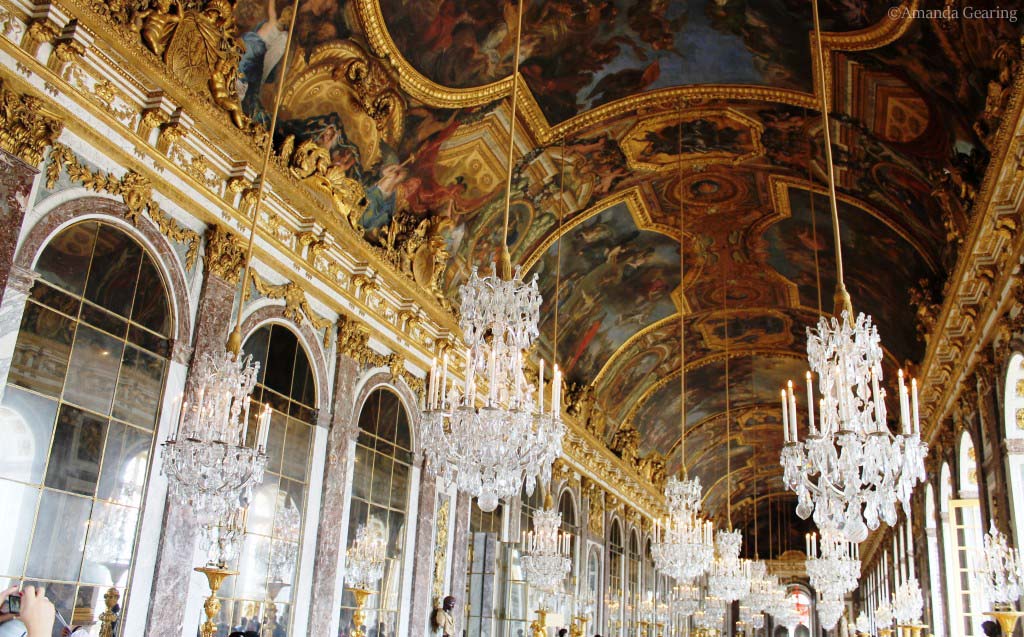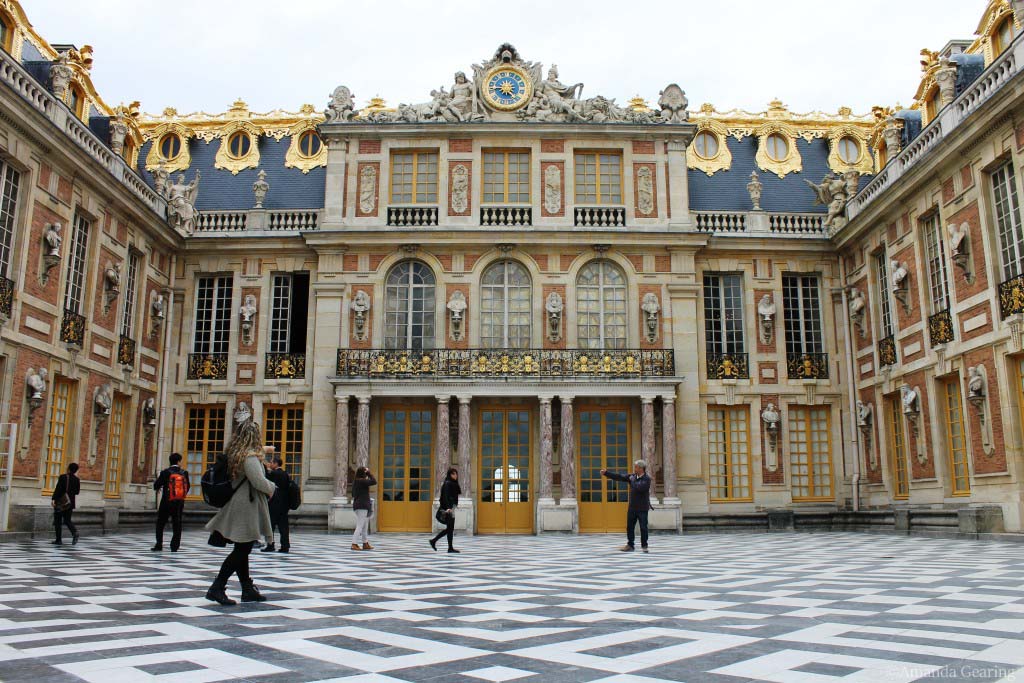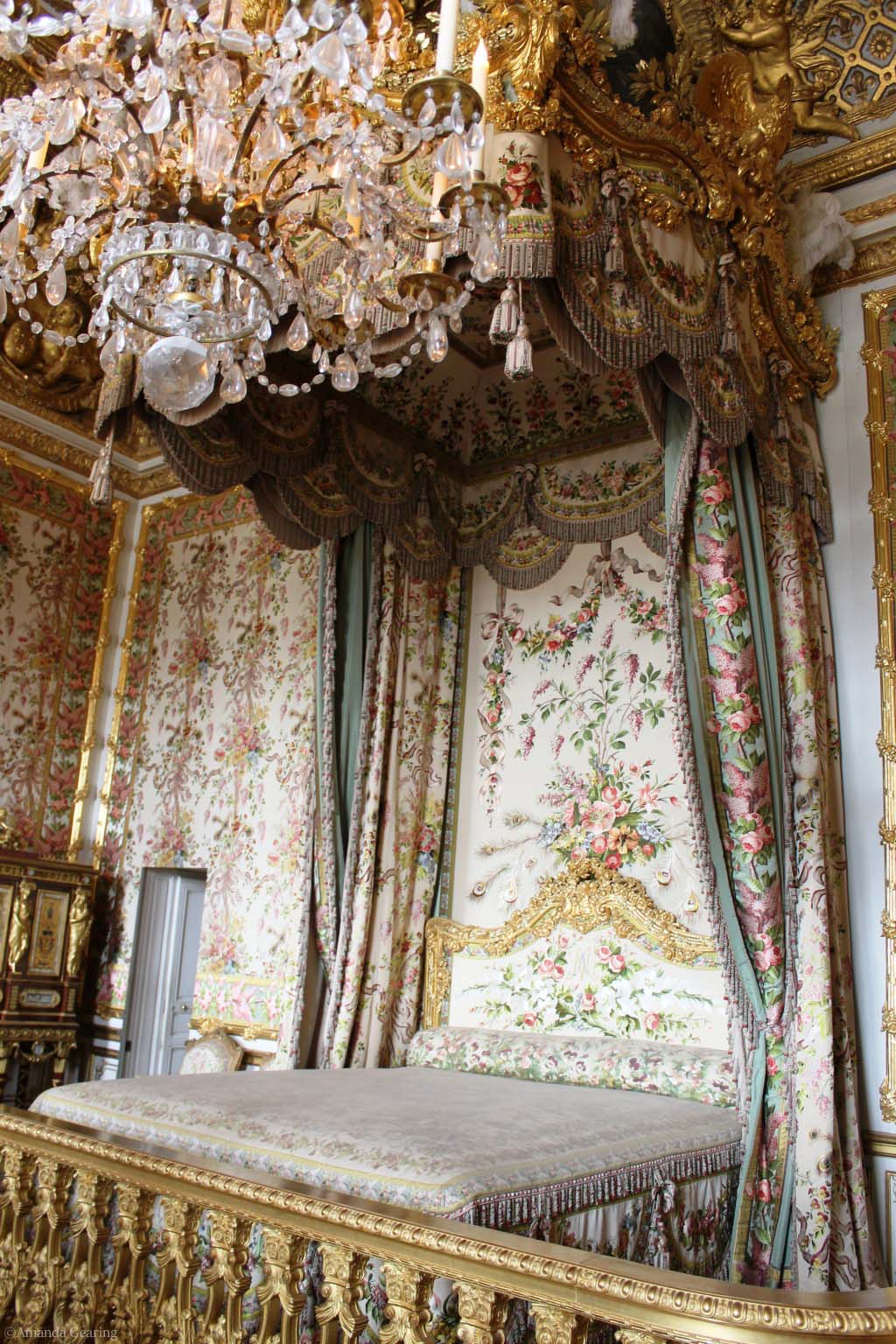Updated on June 26, 2013
Chateau de Versailles
The Palace of Versailles is an outstanding example of fine French architecture, engineering, landscaping, artistry and craftsmanship.
Its grand scale is overwhelming and yet the smallest details are exquisitely crafted such that this enormous estate bears the closest scrutiny of its interior decoration, furnishings and fittings.
The palace is best viewed on a fine day, as the gardens are extensive. Allow a full day, half the day to see inside and the other half to walk in the gardens.
Audio guides available at the palace guide visitors from room to room explaining the building of the palace and interesting stories about the people who lived here.
Admission for the palace and gardens €18 for adults. This includes an audioguide.
For the palace alone the cost is €15 for adults and €13 concession.
For further information see the Palace website.

History of the Chateau de Versailles
The Palace was built as a country house for the French king Louis XIV, 20 kilometres south west of the centre of Paris and became the political power base of French monarchs from the late 1600s to the late 1700s.
The district around the town of Versailles was known for its forests, used for hunting.
Louis XIII had a hunting lodge built there for himself in 1624. Louis XIV had the chateau extended with separate apartments for the king and queen, and moved his main court to Versailles. The hall of mirrors was added and then the north and south wings and the orangery and extensive palace gardens and the chapel.
As the French Revolution erupted in 1789, the royal family returned to Paris. The palace was locked and the contents sold in a series of auctions by the new republic. The building was stripped of its mirrors, curtains, upholstery and fringes which were melted to recover the silver and gold.
The building was used as a hospital for French soldiers until it became a museum in 1797, displaying French classical art.
In the 1800s Napoleon took over part of the palace, for his wife Marie-Louise, although he did not live there.
Restoration work was undertaken and the palace was restored for use as a museum and political gatherings such as meetings of heads of state which are held in the spectacular Hall of Mirrors.
The palace is one of France’s main tourist attractions, drawing millions of visitors each year.





Recent Comments